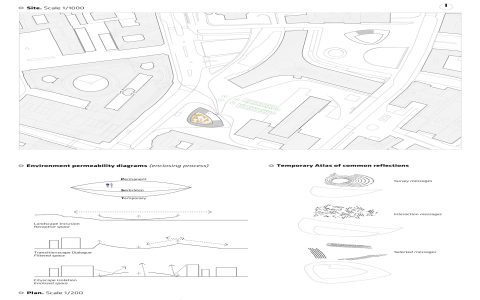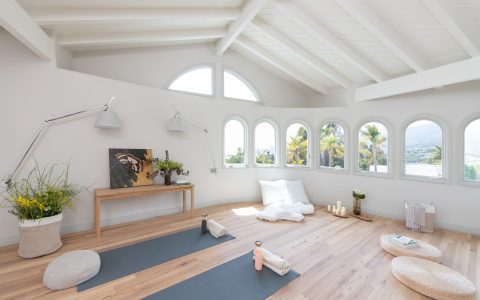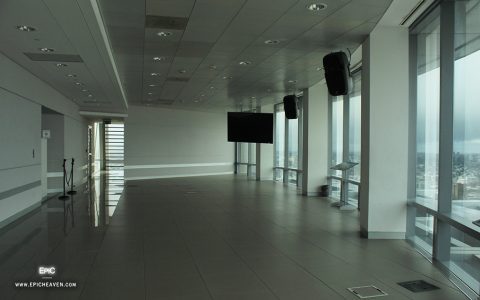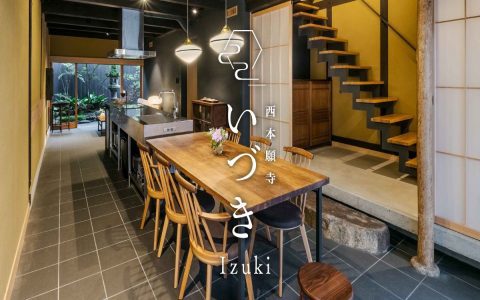Landhausplatz, located in Innsbruck, Austria, serves as a significant public square situated directly in front of the Tyrolean provincial government building, the Landhaus. The square underwent a notable and extensive redesign, completed in 2011, by the architectural firms LAAC Architekten and Stiefel Kramer Architecture.
Design and Architectural Features
The contemporary design of Landhausplatz is characterized by its extensive use of concrete, creating a distinctive urban landscape. The surface is not flat but features undulating forms and gentle slopes, intended to evoke an "urban carpet" or a "liquid square." This design aims to integrate various functions and create a dynamic public space.
Key elements include:
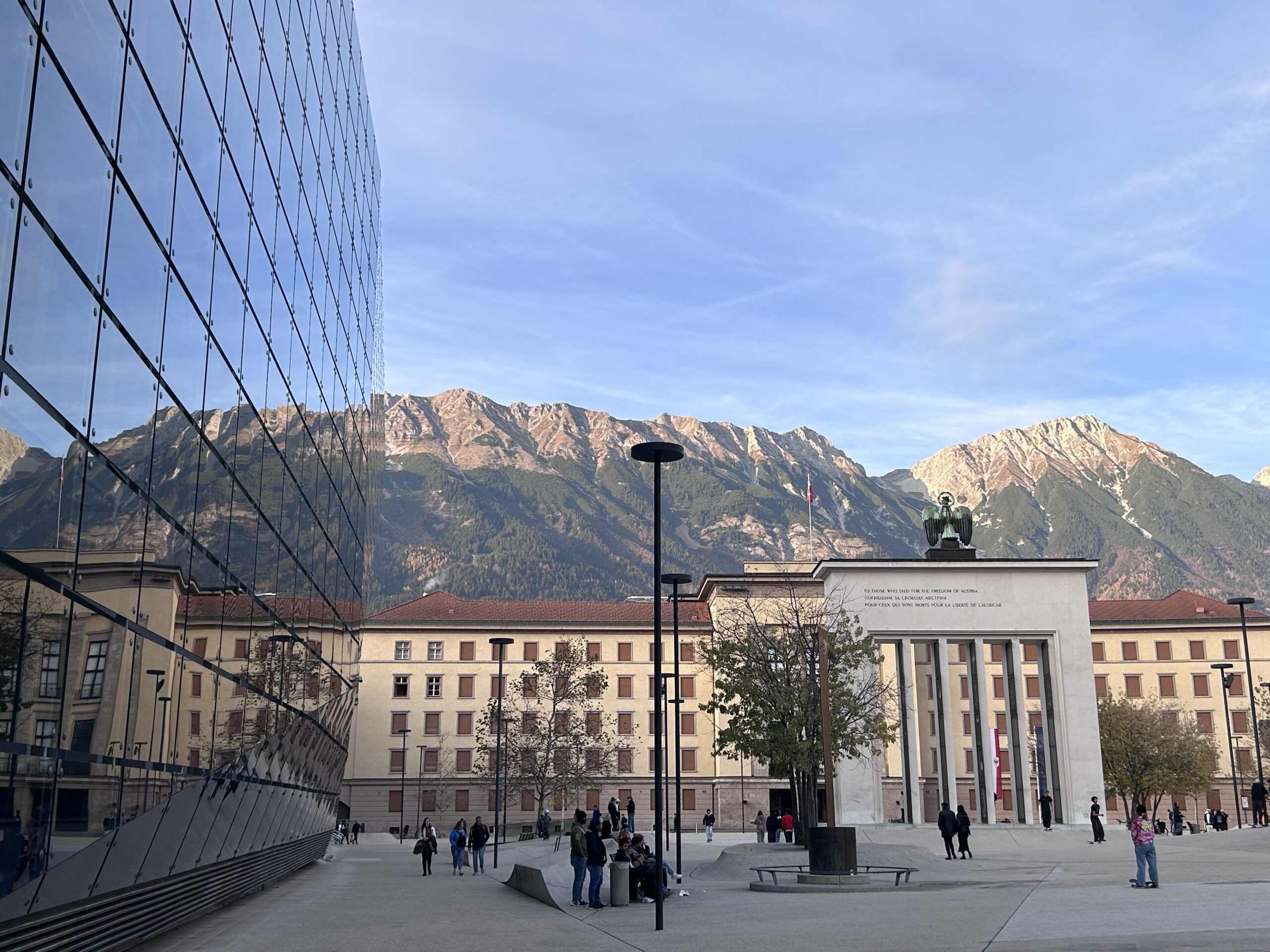
- The Liberation Monument (Befreiungsdenkmal): This prominent monument, commemorating the end of National Socialist rule in Austria and Tyrol, is a central feature of the square. Its integration into the modern design was a key aspect of the redevelopment.
- Materiality: The primary material is light-colored concrete, which defines the square's minimalist and somewhat monolithic aesthetic. This choice has been a subject of public and critical discussion.
- Public Amenities: The design incorporates seating areas, subtle lighting, and open spaces intended for public gathering, events, and everyday use.
- Water Features: In some areas, subtle water elements are integrated into the concrete landscape, adding a sensory dimension to the space, particularly during warmer months.
Purpose and Significance
Landhausplatz functions as both a representative forecourt for the Landhaus and a versatile urban public space. Its redesign aimed to transform a previously car-dominated area into a pedestrian-friendly zone, enhancing its civic role. The square is intended to be a place for reflection, social interaction, and public manifestations, reflecting contemporary approaches to urban public space design. Its architectural language, however, remains a point of discussion regarding its user-friendliness and aesthetic appeal in the context of Innsbruck's historic environment.

